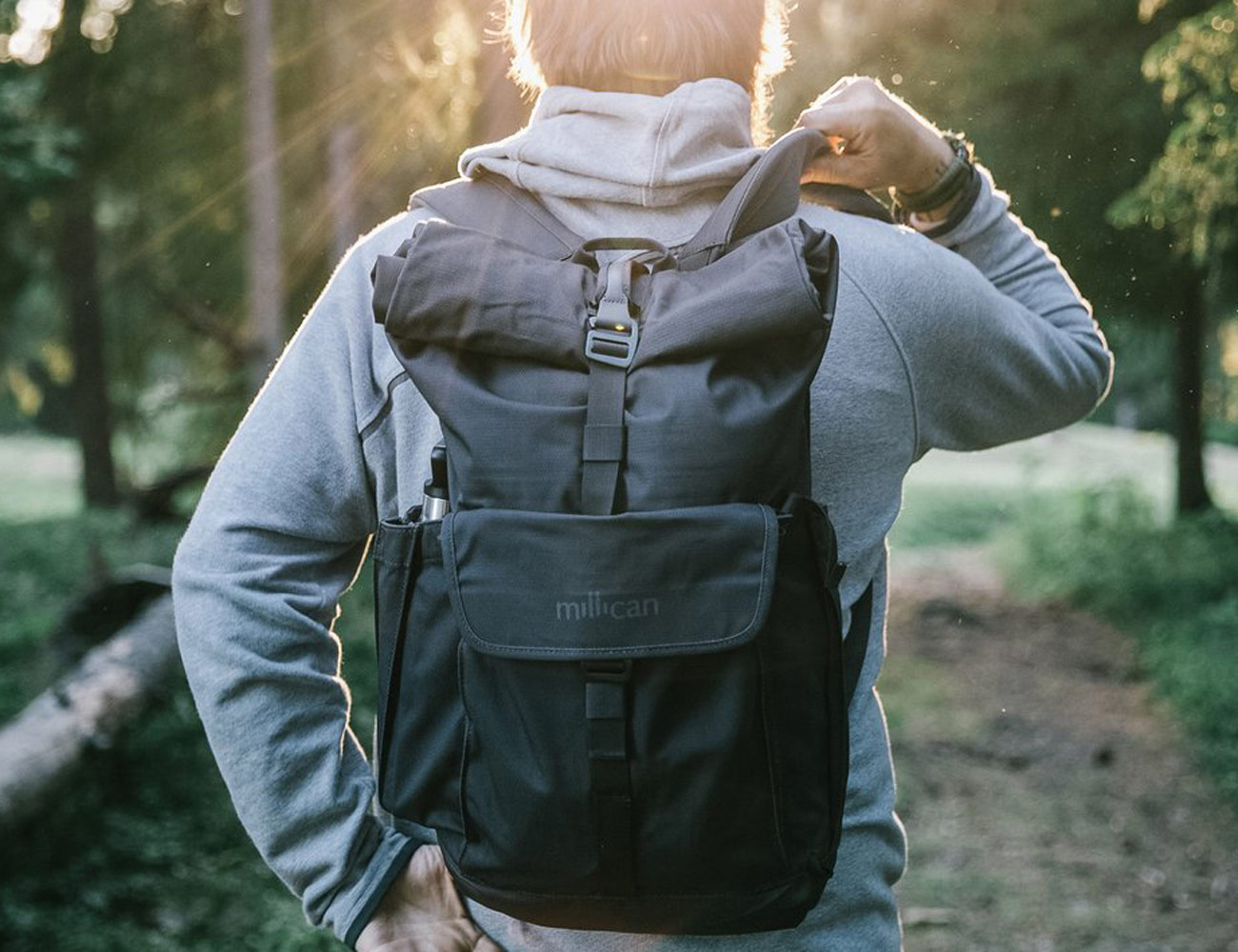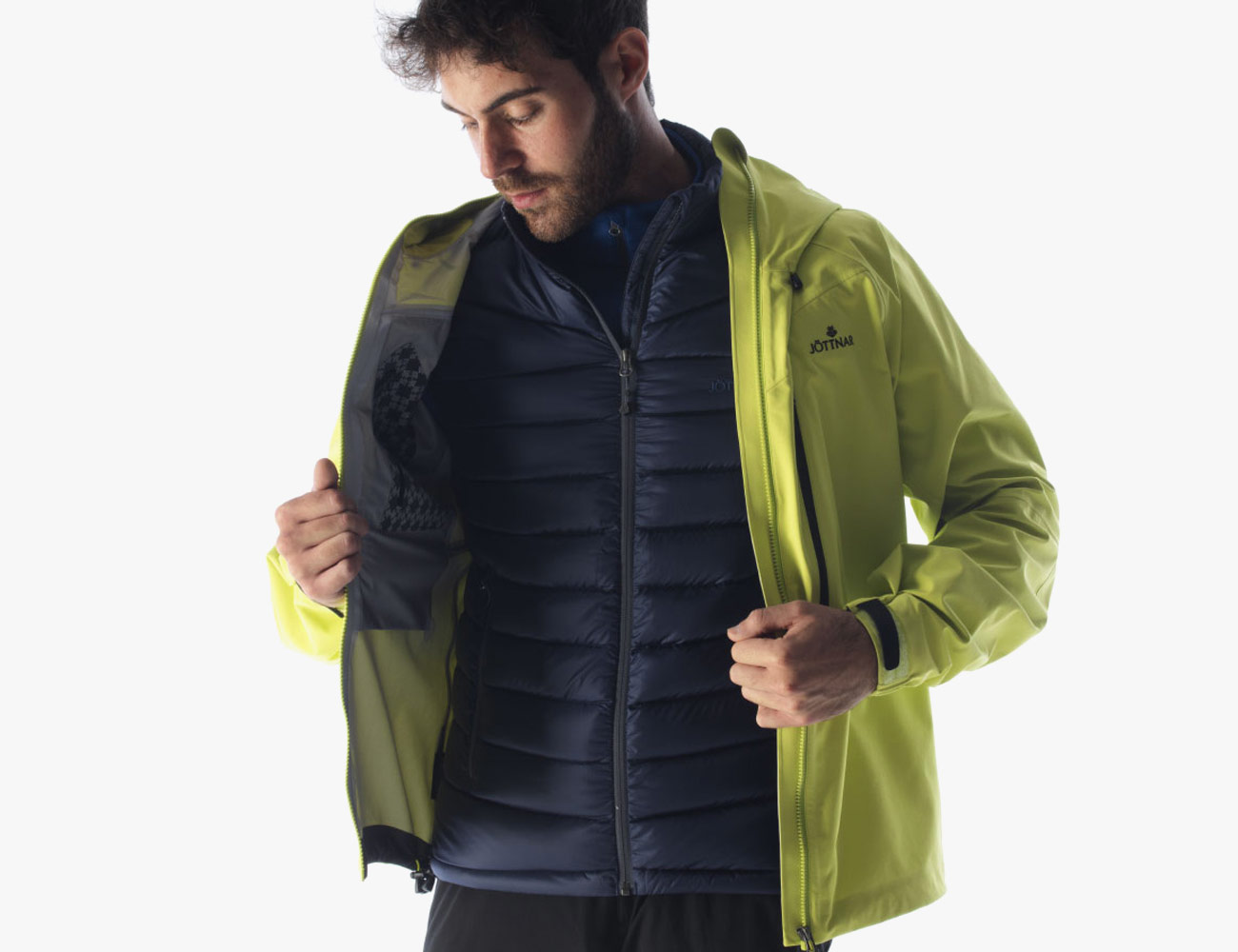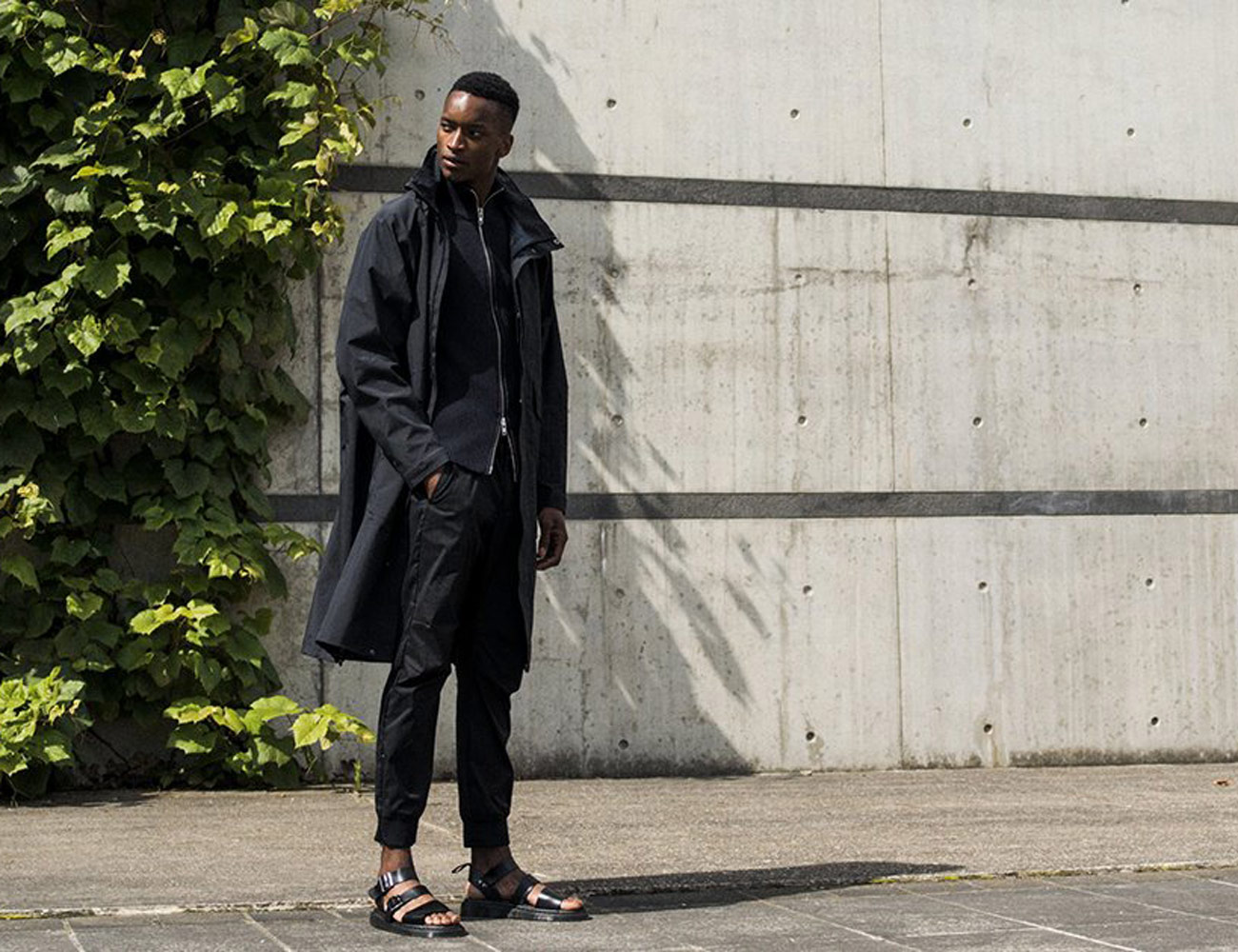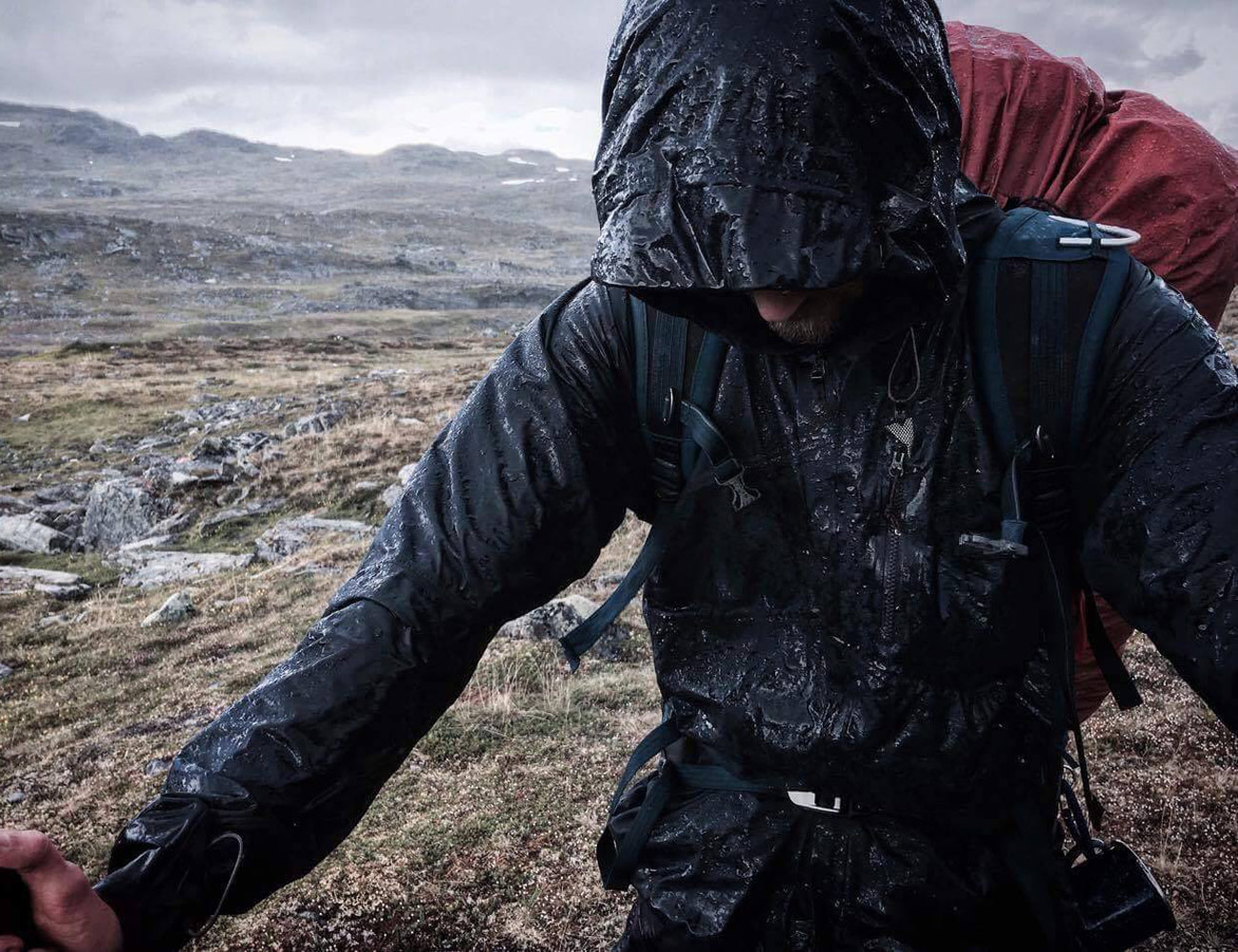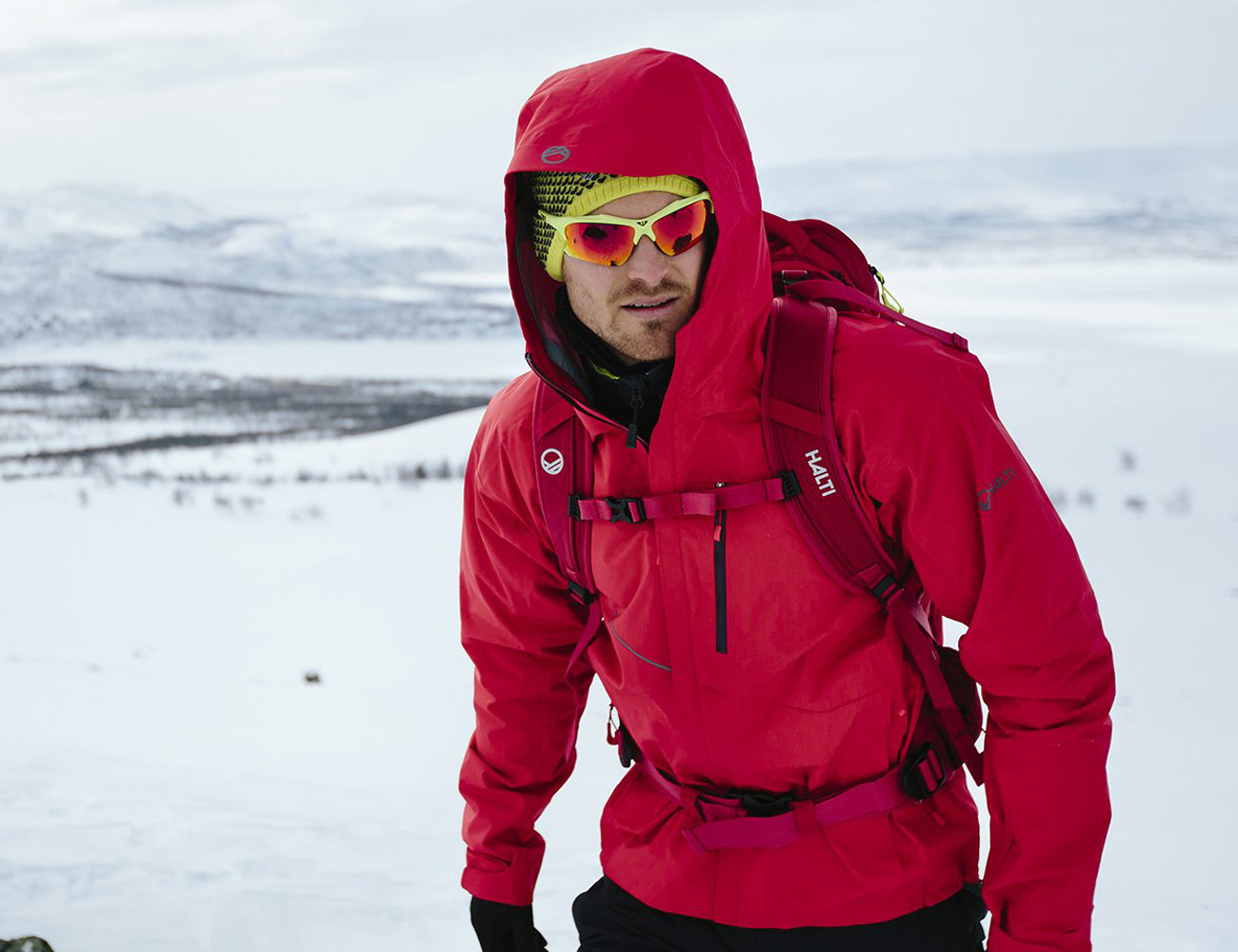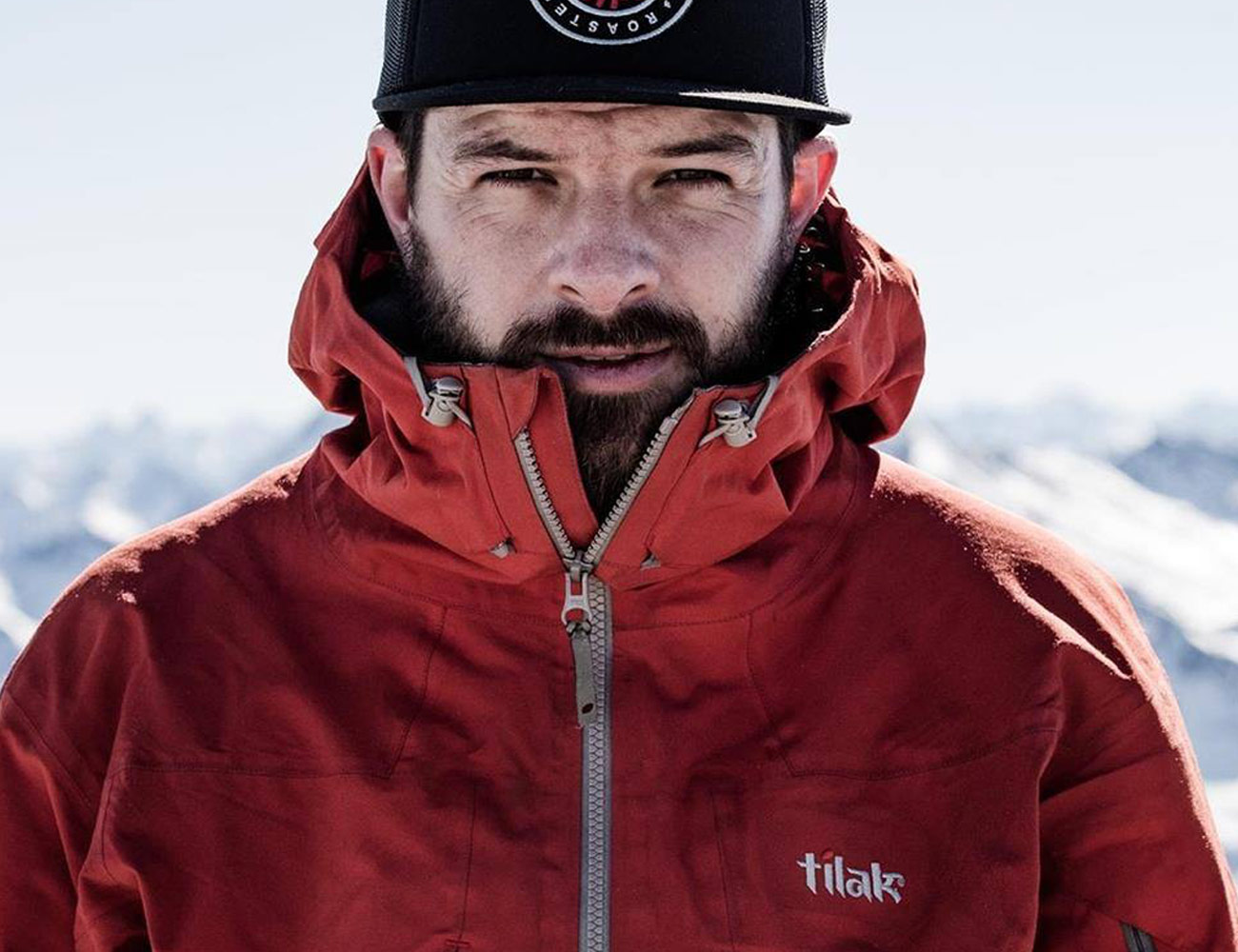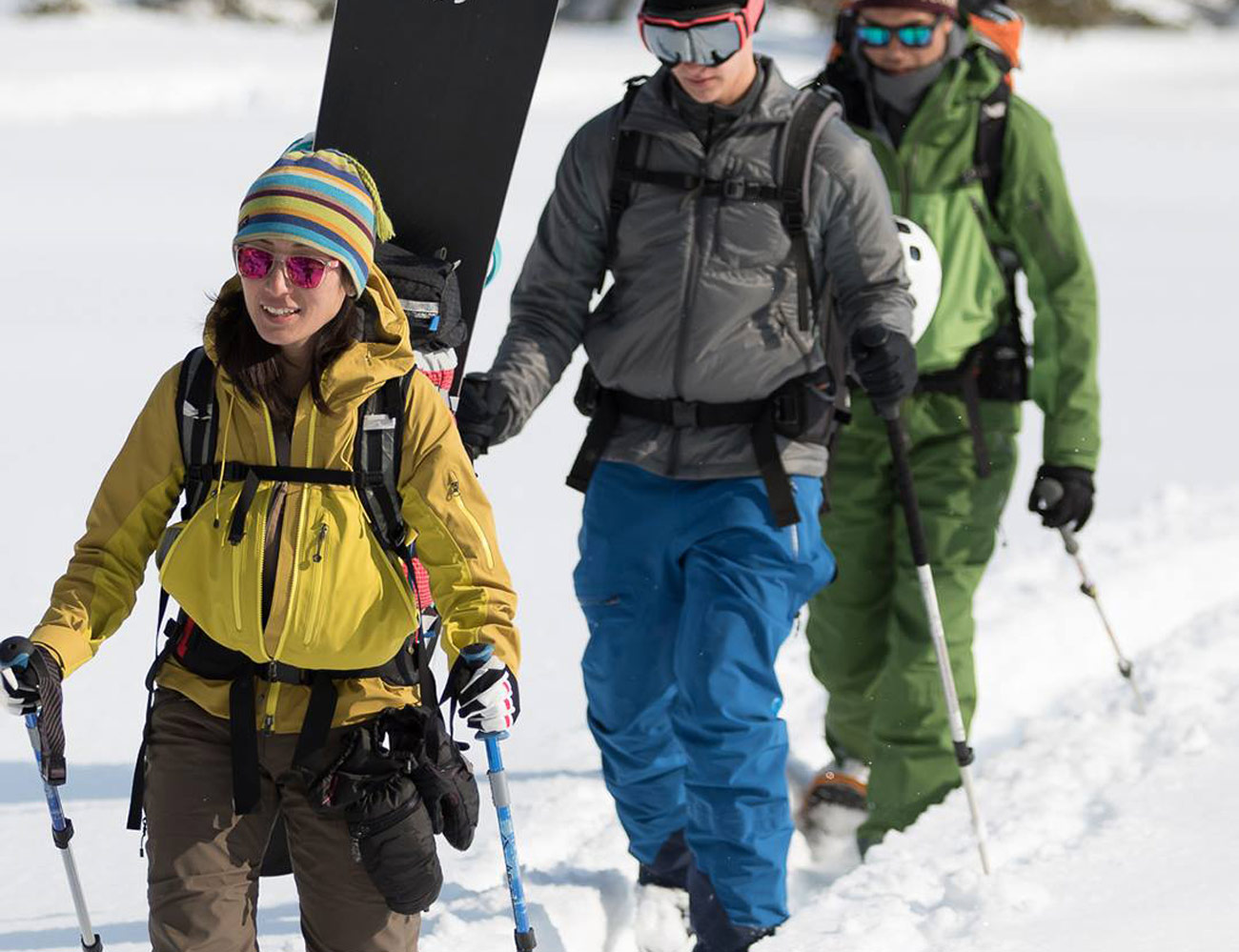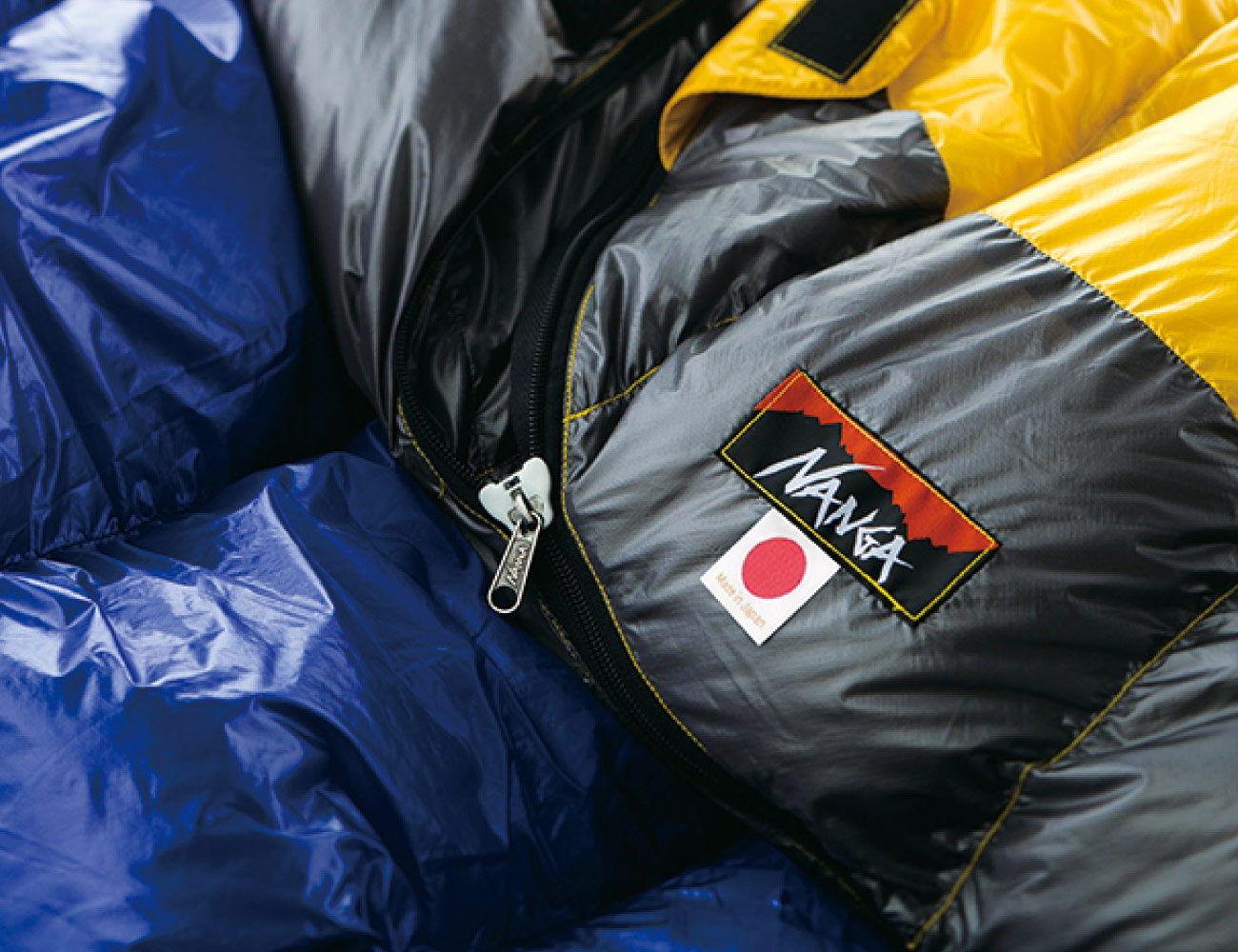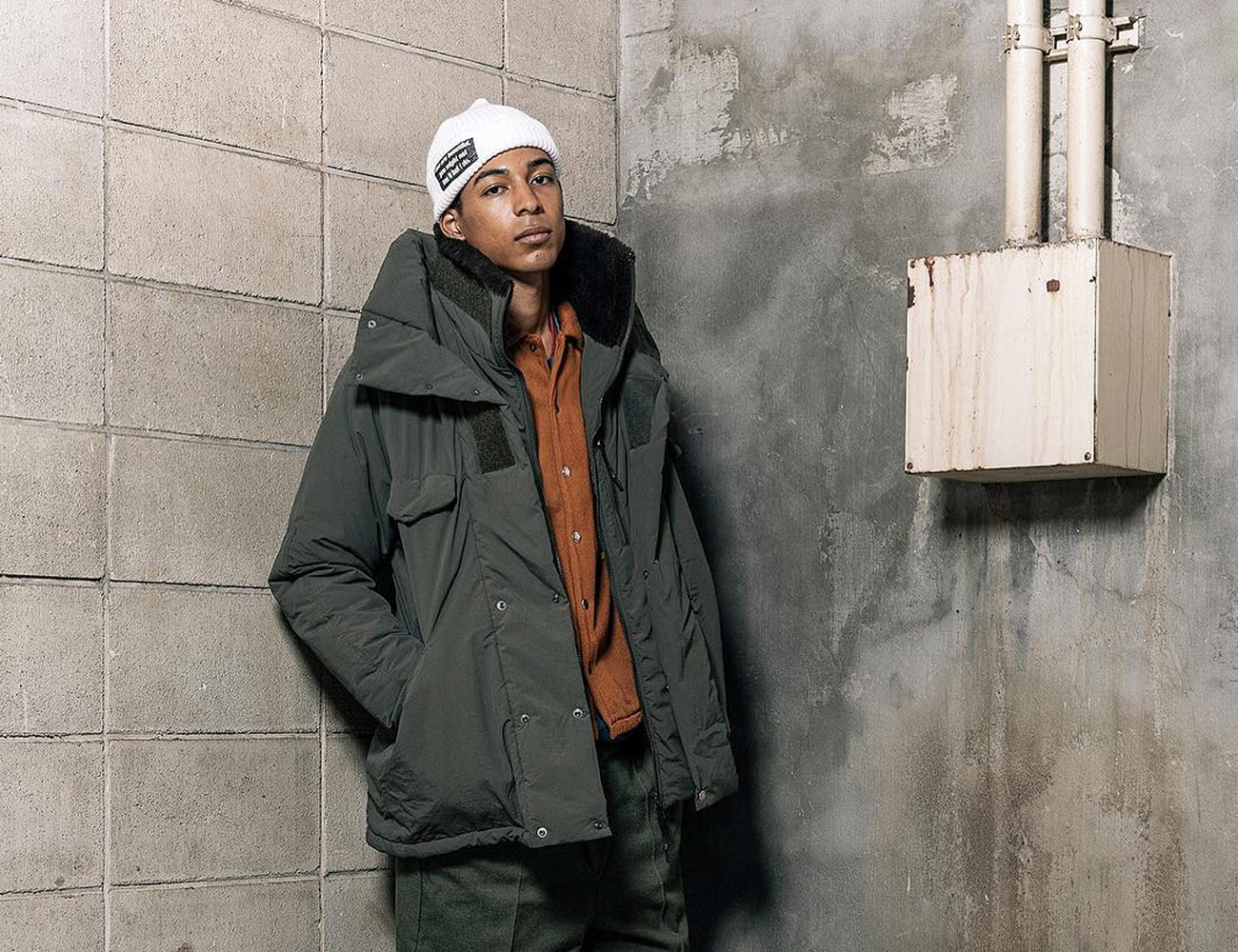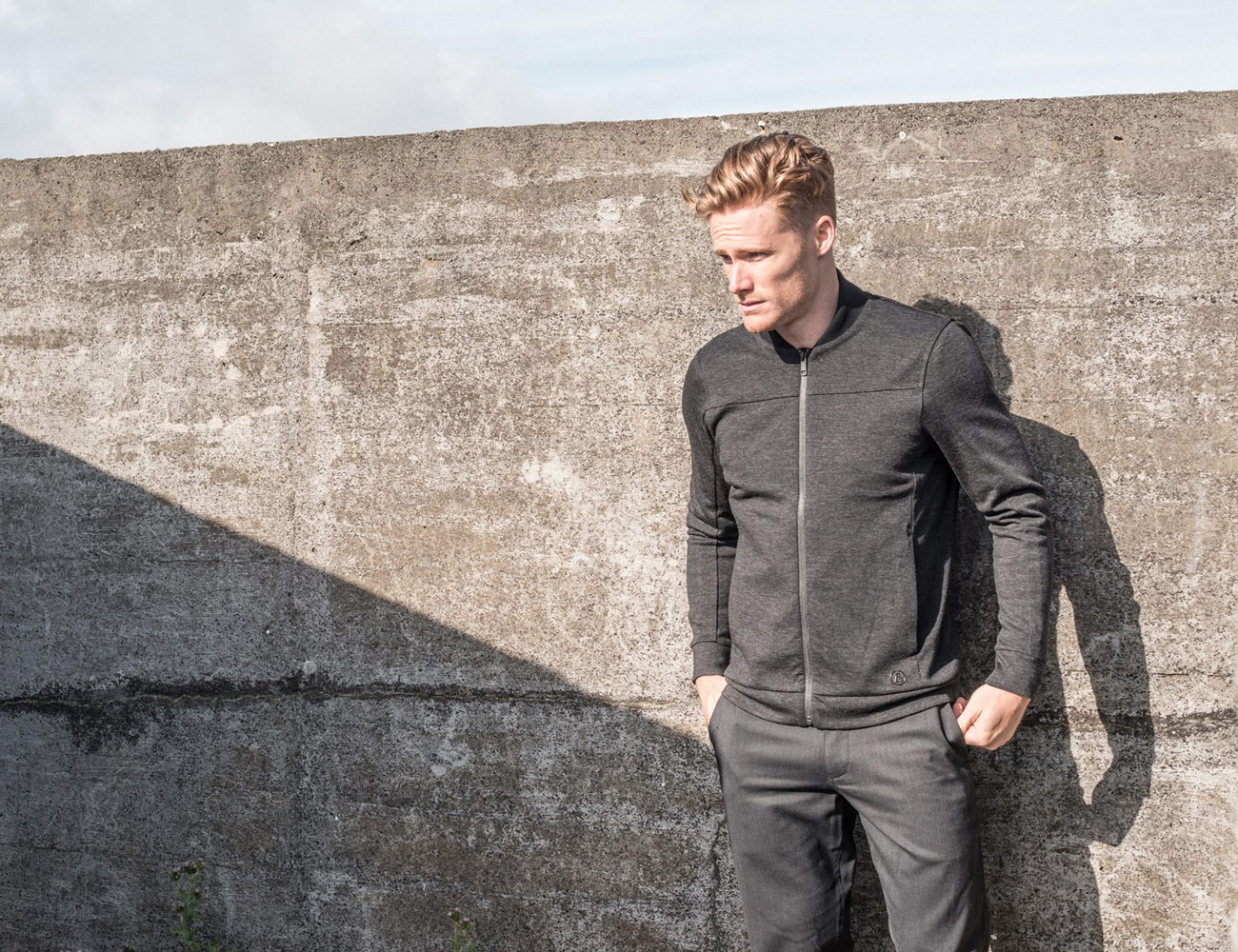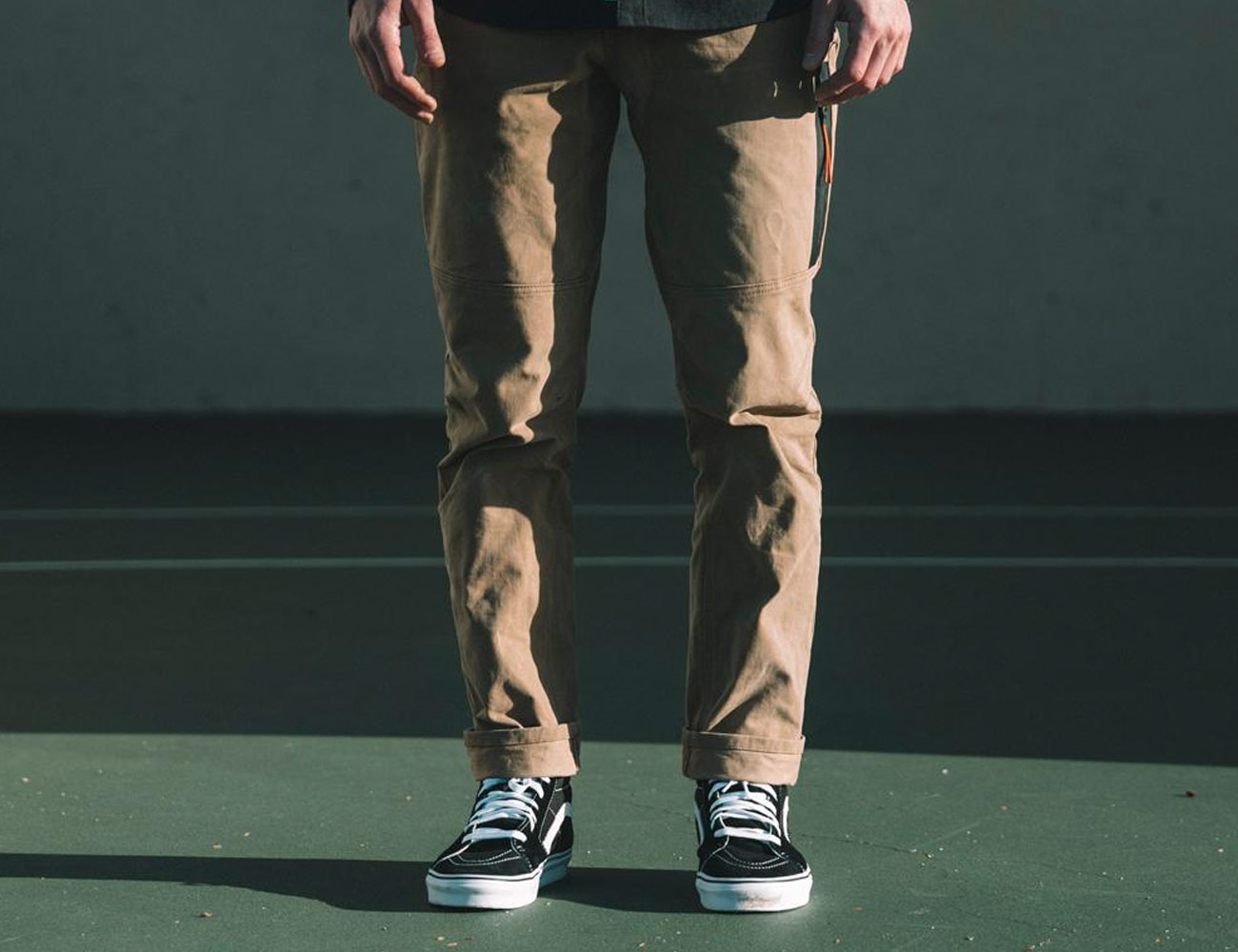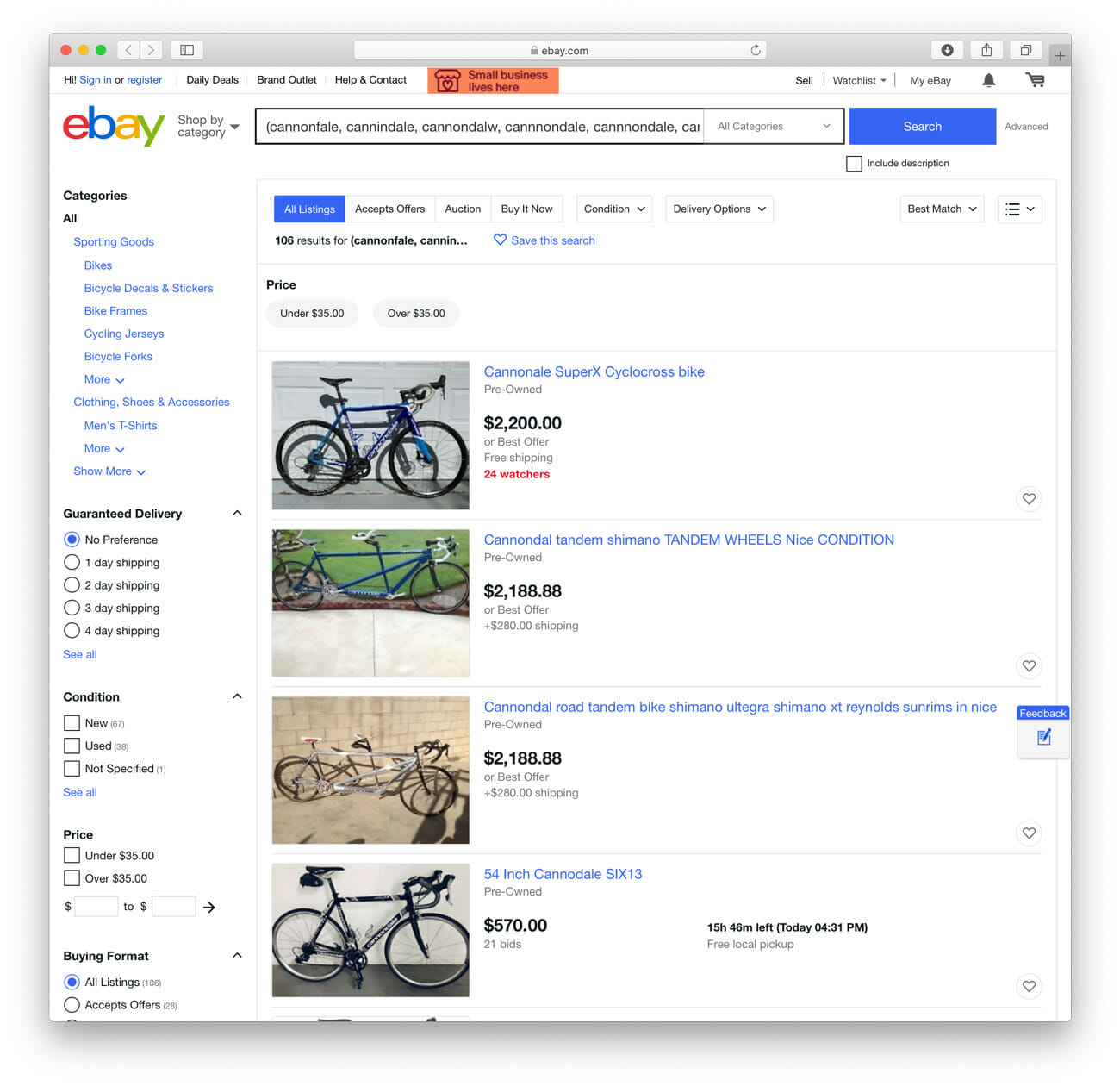We’re all victims of tunnel vision. When Patagonia, The North Face, Arc’teryx or any of the other big guys release a new jacket, backpack or lightweight tent, we go running for the nearest REI. We’re creatures of habit, and we like what we know. We’re also loyal to our favorite websites and local gear shops — you know, that place you spend far too much time in without spending any money?
But what if there was a company you’d never heard of making adventure equipment in a foreign land that matched — nay, exceeded — the quality of the gear you already know and love? You’d want to know about that company. That company exists — in fact, many such small-scale brands based all around the world, from the Czech Republic to South Korea, are currently pushing gear to places the big brands can’t. They are themselves products of their unique environments, and they’re worth getting to know (even if you can’t afford the international shipping).
Millican
Millican is based in Keswick, which is part of England’s Lake District. It’s named after the self-proclaimed “Professor of Adventure,” Millican Dalton, and has a number of collections, but our favorite is the Mavericks collection. The bags are simple, constructed of durable and weatherproof Bionic Canvas and aluminum, rather than the industry standard plastic hardware. Without getting too nerdy: Bionic Canvas is a blend of 56 percent recycled polyester, 40 percent Cotton and 4 percent high-tenacity polyester. They are the perfect companion for a commute to the office or a spirited day hike. Our favorite silhouette is Smith the Roll Pack 25L, but Millican makes a bag to fit whatever you’re into — even camera gear.
Jöttnar
Before founding Jöttnar’s in 2013, Tommy Kelly and Steve Howarth served in the revered 45 Commando of the United Kingdom’s Royal Marines. A particularly intense night in the Norwegian Arctic brought the two together, and their combined experience surviving and recreating in the world’s harshest regions fueled an aspiration to create gear of their own, so they started Jöttnar. Back then, they didn’t have ambitions to occupy REI shelves or make ordinary outerwear for the masses. And they still don’t. Jöttnar was, and remains, intended only for those with the most extreme high-alpine demands.
Peak Performance
Peak Performance’s fascinating story begins in 1986. It’s a long one. For the sake of time, a summary: four world-class Swedish skiers returned from an epic ski trip in Sun Valley, Idaho. Their frustration with flashy, fluorescent, flamboyant ’80s slope style had reached a boiling point. Why was no one making simple, refined ski apparel? Couldn’t outerwear be high-performance without screaming about it into a proverbial megaphone? Thus Peak Performance was born: a masterful maker of understated, stylish, supremely technical ski apparel.
Thirty years after Peak Performance’s birth, hardly anything has changed. Their garments remain inspired by the great slopes of the world, yet consistently exhibit an unmistakable Scandinavian aesthetic: subdued, sleek, quietly confident. No bright colors, no flashy logos. Peak Performance is a lover of powdery slopes, yet a friend of city streets. I was impressed by Peak Performance, and you should be, too.
Klättermusen
Based in Åre, Sweden, and founded in 1984, Klättermusen is dedicated to making functional, hard-wearing outdoor gear with a focus on sustainability. Not the retroactive greenwashing type of sustainability that you see in marketing campaigns, but meaningful steps toward creating products that are better for the environment. One of the brand’s more recent sustainable initiatives is its use of recycled fishing nets in all of its nylon backpacks. By 2017, Klättermusen will be 100 percent fluorocarbon free.
Both the clothing and packs from Klättermusen are notable. The clothing, particularly the jackets, is marked by innovative features like asymmetrical zippers, easily accessible trail map pockets and a built-in whistle and compass. The packs are just as innovative, featuring a hip belt clasp that can be detached easily in an emergency and shoulder pads that are ergonomically shaped to sit better on your shoulders than anything else on the market.
Halti
Halti was founded by Juhani Hyökyvaara in Helsinki and was conceptualized in much the same way that Fjällräven and The North Face were. Hyökyvaara was working in a camping store in Helsinki when he realized that there was a need for lighter, better-performing gear. That mission led him to create alpine gear tested in the harshest conditions imaginable — particularly the North Pole.
Today, Halti makes everything from jackets and boots to sleeping bags and tents — all with a minimalist aesthetic and crafted from some of the most durable materials available. Especially notable is the brand’s Lippo jacket, an insulating mid layer with Primaloft Gold 60 synthetic fill and a Pertex Quantum shell.
Tilak
Based in the northern mountains of the Czech Republic, Tilak is an under-the-radar outdoor brand creating some of Europe’s finest outerwear, and has been doing so since the ’80s. While most spotlight-hogging European outdoor brands hail from the U.K. or Italy, Tilak stands strong and proud as the Czech Republic’s most prominent outdoor brand. Its products are produced in strict accordance with deeply rooted Czech tradition, and is the only Czech outerwear producer permitted to work with Gore-Tex. The products — alpine shells, mid-layers, pants, boots, shoes and more — are crafted with impressive attention to detail. For now, Tilak’s goods appear to be unavailable in the U.S., but if you’re in Europe, and are able to navigate a mostly Czech website, you can purchase their goods online.
Teton Bros.
Contrary to what its name would lead you to believe, Teton Bros. is not based in the Tetons. Founded in 2007 by accomplished Japanese mountaineer Nori Suzuki, Teton Bros. fuses form and function to create pieces that are high functioning in high alpine environments. One of the brand’s most impressive pieces is the TB 2.0 jacket. The earliest iteration was developed in 2008 with input from ski patrollers across Japan. The newest example of the jacket features a version of Polartec’s Neoshell fabric that Teton Bros. had been developing for the past two years. Whether you’re heading out on a rain-soaked summer adventure or gearing up for your next winter pursuit, put Teton Bros. on your radar.
Nanga
Nanga’s name comes from the Himalayan peak Nanga Parbat, the ninth tallest mountain in the world, and its history goes back 75 years. The small company specializes in down insulation, which it leverages to create high-quality sleeping bags as well as a small collection of apparel. Nanga doesn’t just make down jackets though — down-stuffed vests, cardigans and t-shirts present a more creative approach to insulation, and they’re all created with distinctive attention to detail. Despite its long history, the Japanese brand is only now expanding to new markets, with a US release occurring this year.
Natal Designs
You’d have to book a ticket to Japan to get your hands on some of Natal Design’s retro-inspired outdoor equipment and apparel, but it’d be worth it. The company produces a full range of lifestyle apparel that reinforces the contention that Japan is setting the standard for what outdoor style looks like. It also sells accessories like camp chairs and totes and has worked with heritage brands including US-based Rivendell Mountain Works to produce unique collaborations.
Alchemy Equipment
It’s one place where “city to mountain” is more than a nifty marketing term, and apparel brand Alchemy Equipment knows it; Alchemy is based in Christchurch, the largest city on the South Island and a day’s drive from, well, anywhere else in the country. It’s a place where a worsted wool rain jacket or a versatile carry-on pack makes sense for everyday use. Alchemy’s restrained aesthetic and philosophy let the clothes avoid easy categorization without becoming basic; as a result, every piece is high quality in both style and performance.
Foehn
Like many new outdoor brands, Quebec-based Foehn began by creating apparel that can function on a rock wall but looks good enough to wear around town. Unlike many other brands though, Foehn’s clothing excels at both. The designs that make up its small collection — there are two pairs of pants, a flannel, and a down jacket — are made to prioritize the function and freedom of movement that rock climbing demands and they don’t just look good; they’re entirely unique (and stylish enough to wear whether you’re a climber or not).

